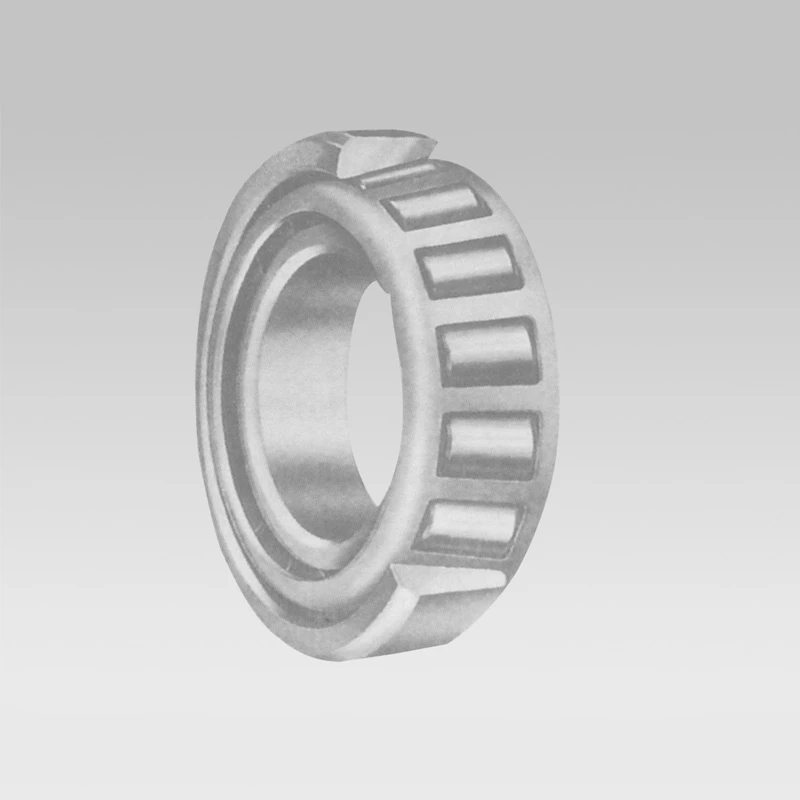
Nov . 10, 2024 01:41 Back to list
Thrust Ball Bearings Designed for Optimal Shaft End Performance and Reliability
Thrust Ball Bearings for Shaft Ends A Comprehensive Overview
Thrust ball bearings are essential components in various mechanical systems, especially where axial loads are involved. These bearings are uniquely designed to accommodate axial forces, making them ideal for supporting shaft ends in applications ranging from automotive to industrial machinery. This article delves into the specific advantages, configurations, applications, and maintenance aspects of thrust ball bearings for shaft ends.
What are Thrust Ball Bearings?
Thrust ball bearings consist of a shaft washer, a housing washer, and a set of ball bearings that facilitate the smooth rotation of a shaft while providing support against axial loads. Unlike radial ball bearings that handle both radial and axial loads, thrust ball bearings are solely designed for supporting axial loads in one direction.
Key Advantages
1. High Load Carrying Capacity Thrust ball bearings are capable of accommodating significant axial loads, making them ideal for applications in heavy machinery where such demands are common.
2. Low Friction Design The smooth movement of the ball bearings results in minimal friction, enabling efficient performance and reduced wear and tear over time. This characteristic is crucial for applications that require precision and high-speed operation.
3. Compact and Lightweight These bearings are relatively compact in design, which helps save space while maintaining their strength. Their lightweight nature also contributes to the overall efficiency of the machinery in which they are utilized.
4. Ease of Installation and Maintenance Thrust ball bearings typically feature surface-mounted designs that make installation straightforward. Moreover, their maintenance involves simple lubricating processes, which can prolong their lifespan and ensure uninterrupted operation.
Configurations
Thrust ball bearings come in two primary configurations single-direction and double-direction.
1. Single-Direction Thrust Ball Bearings These can accommodate axial loads in one direction only, making them suitable for applications where the load is primarily unidirectional.
Common Applications
thrust ball bearings for shaft ends

Thrust ball bearings find applications in a variety of sectors due to their robustness and efficiency. Some common uses include
- Automotive Industry In vehicles, thrust ball bearings are utilized in clutches, gear boxes, and wheel hubs to handle axial loads effectively.
- Aerospace These bearings are critical in aircraft systems, including landing gear and turbine engines, where they support axial loads under extreme conditions.
- Industrial Equipment Machines such as conveyor systems, pumps, and turbines often incorporate thrust ball bearings to manage axial forces efficiently.
- High-Precision Instruments Devices requiring high levels of accuracy and low friction may employ thrust ball bearings to ensure smooth operation.
Maintenance Considerations
While thrust ball bearings are designed for durability, regular maintenance is essential to ensure optimal performance and extend their operational lifespan. Here are some maintenance tips
1. Regular Lubrication Ensure the bearings are adequately lubricated to prevent friction and wear. The type and frequency of lubrication depend on the specific application and operating conditions.
2. Check for Wear and Tear Periodically inspect the bearings for signs of wear, such as pitting or scoring on the surfaces of the washers or balls. Early detection can prevent more significant issues down the line.
3. Monitor Temperature Elevated operating temperatures can indicate problems with lubrication or excessive load. Regularly monitoring temperature can help identify potential failures before they occur.
4. Alignment Checks Ensure that the shaft and bearings are properly aligned to avoid uneven wear and tear, which can compromise performance and lead to premature failure.
Conclusion
Thrust ball bearings are integral components in many mechanical systems, especially for shaft ends where axial loads need to be supported. Their ability to handle significant loads with low friction makes them invaluable in a range of applications. Understanding their designs, applications, and maintenance requirements can help users maximize their efficiency and lifespan. As industries continue to evolve, thrust ball bearings will remain a critical element in the mechanics of machinery and transport systems.
Latest news
-
Premium Deep Groove Ball Bearings | High Speed & Reliability
NewsAug.29,2025
-
Durable Scaffolding Clamps - Secure & Reliable Tube Connectors
NewsAug.28,2025
-
Common Failures in Thrust Ball Bearings and Solutions
NewsAug.22,2025
-
How Tapered Roller Bearings Can Take Shock Loads
NewsAug.22,2025
-
Angular Bearings in High-Precision Spindles
NewsAug.22,2025
-
The Impact of Misalignment on Cylindrical Roller Bearing Performance
NewsAug.22,2025
